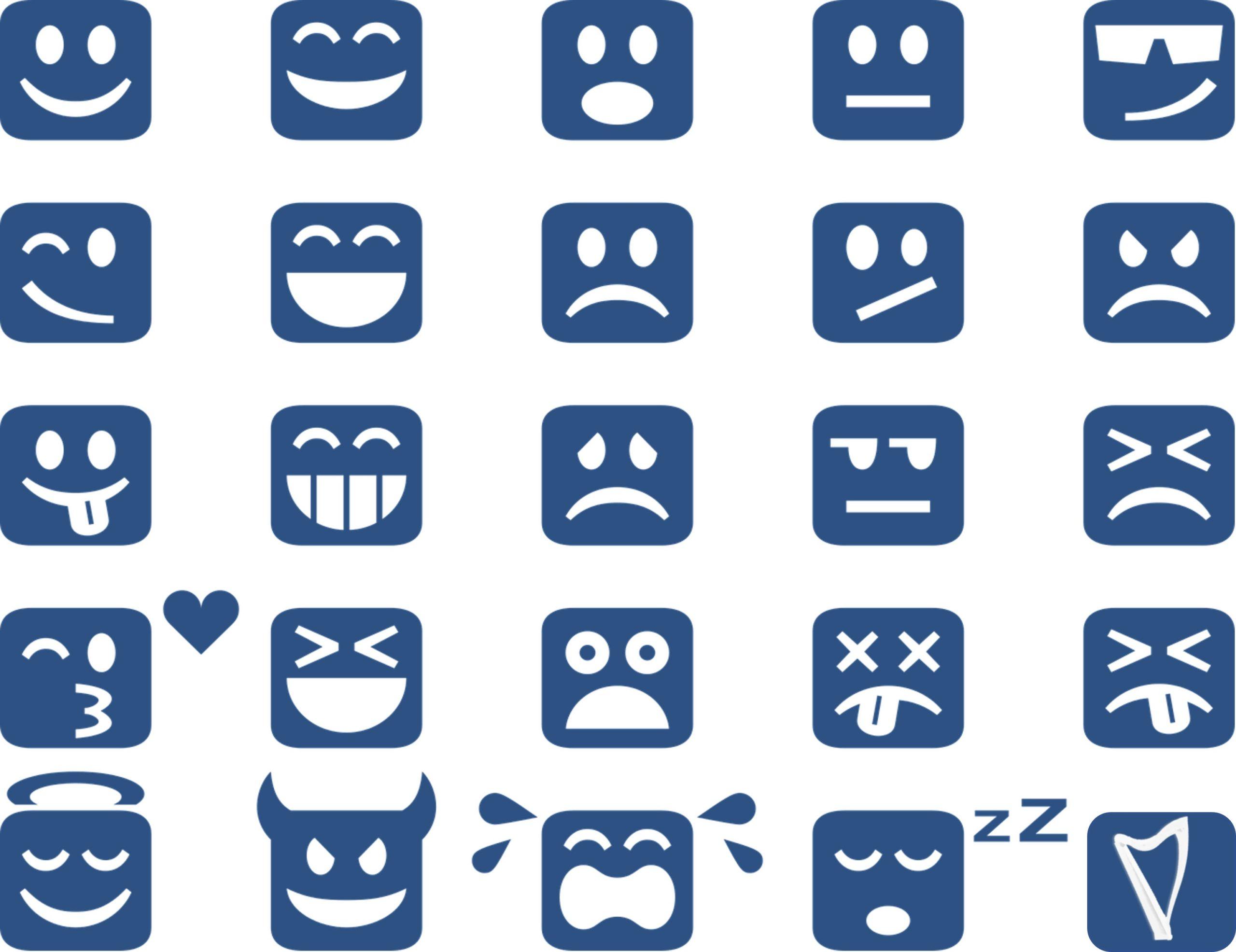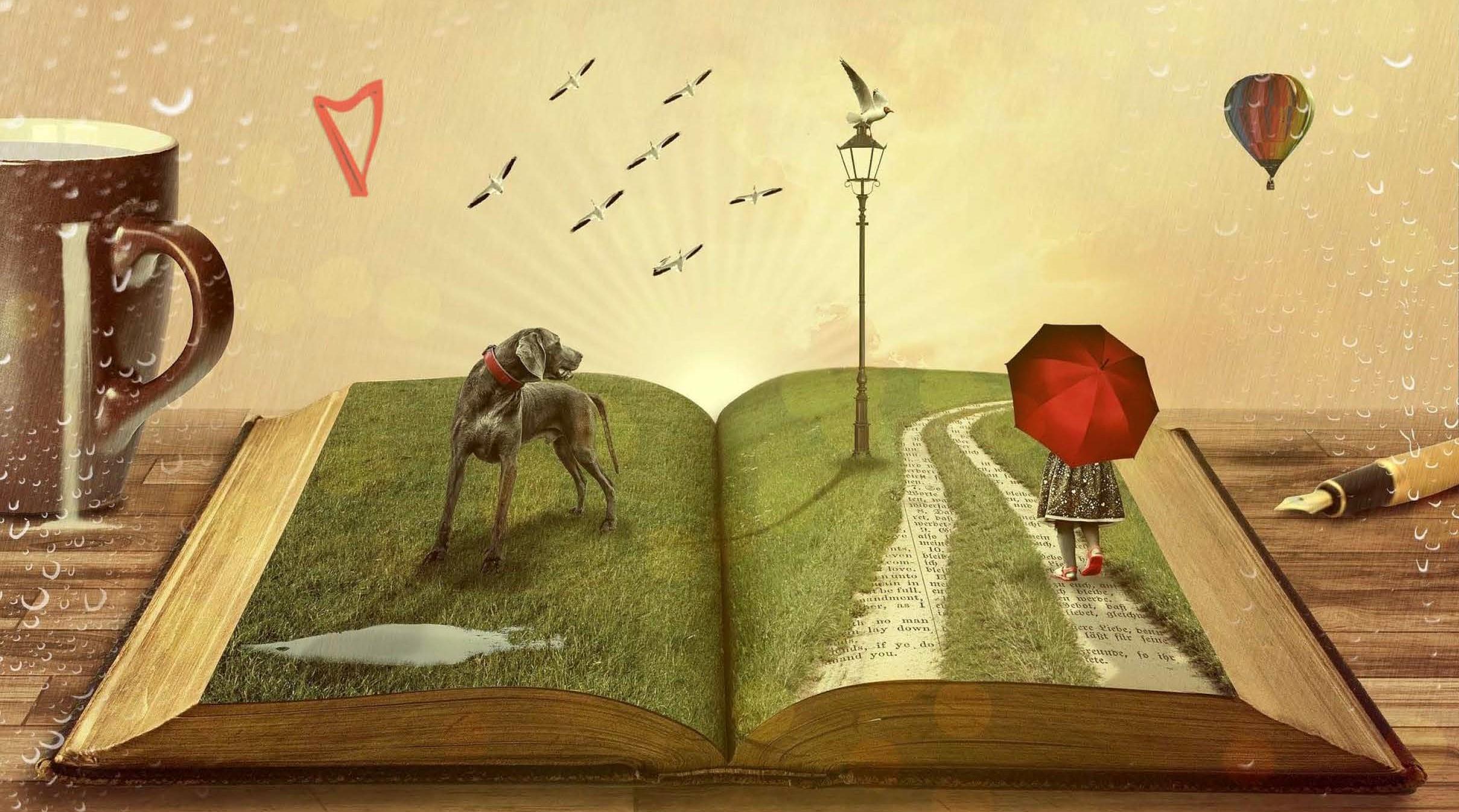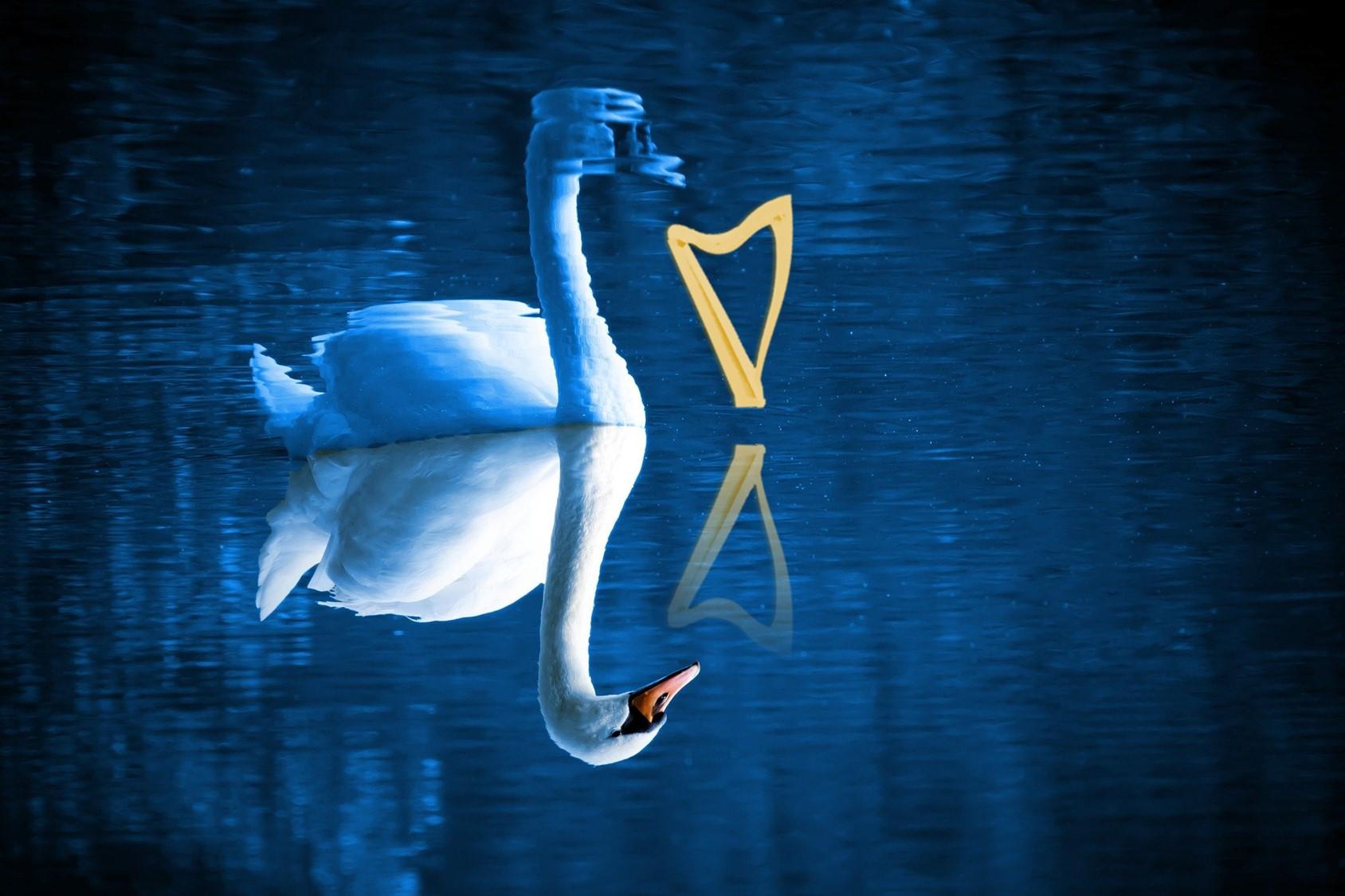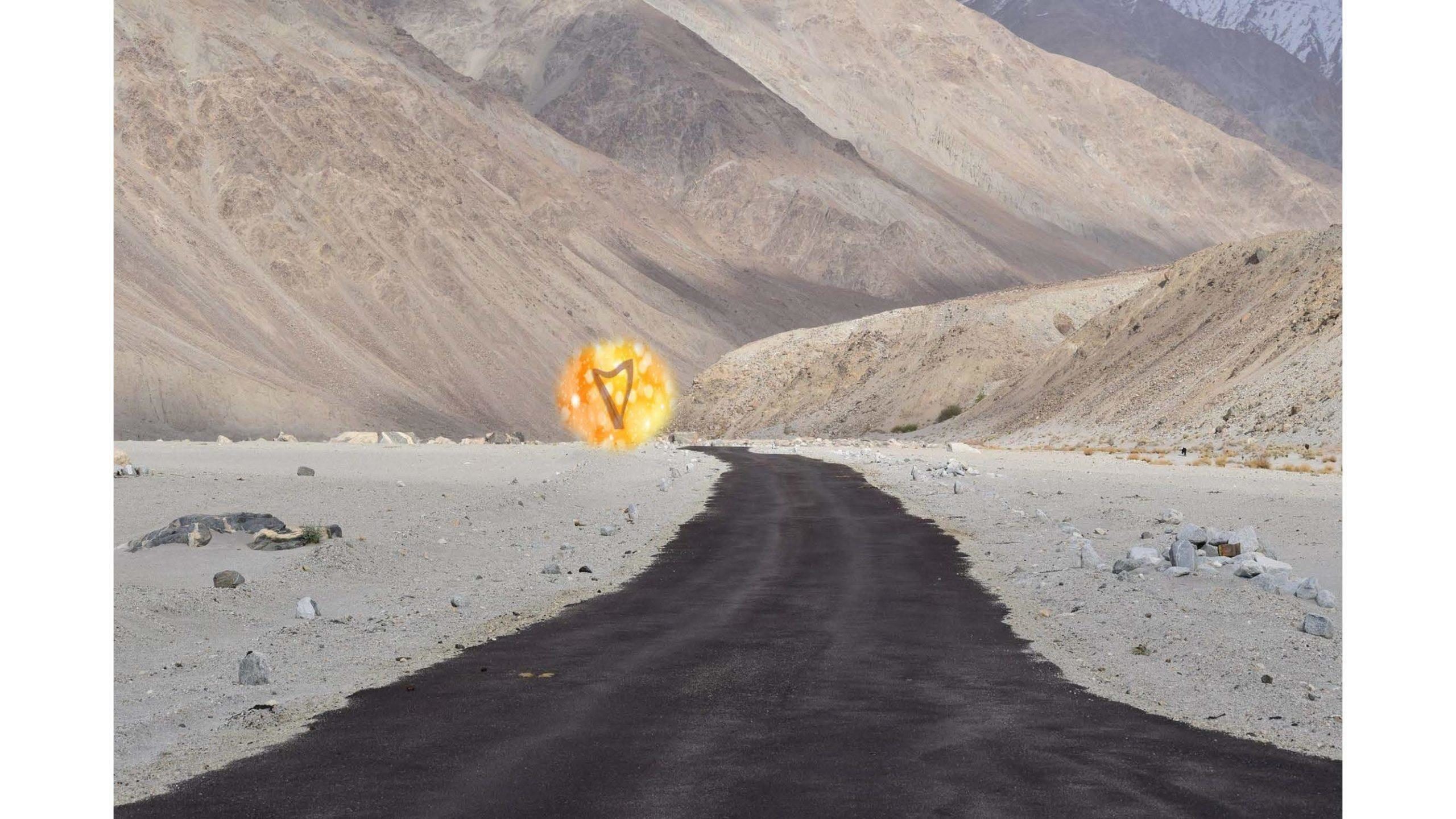Again – a word I’m pretty sure most of my students get tired of hearing. Probably because I say it a lot –
Do it again.
Let’s do that again.
One more time.
Three times for luck.
To be fair, I do say these things again and again and again…
I love doing things one more time – again – when I’m doing (whatever) I think is important (practicing, for instance, and maybe eating cookies!).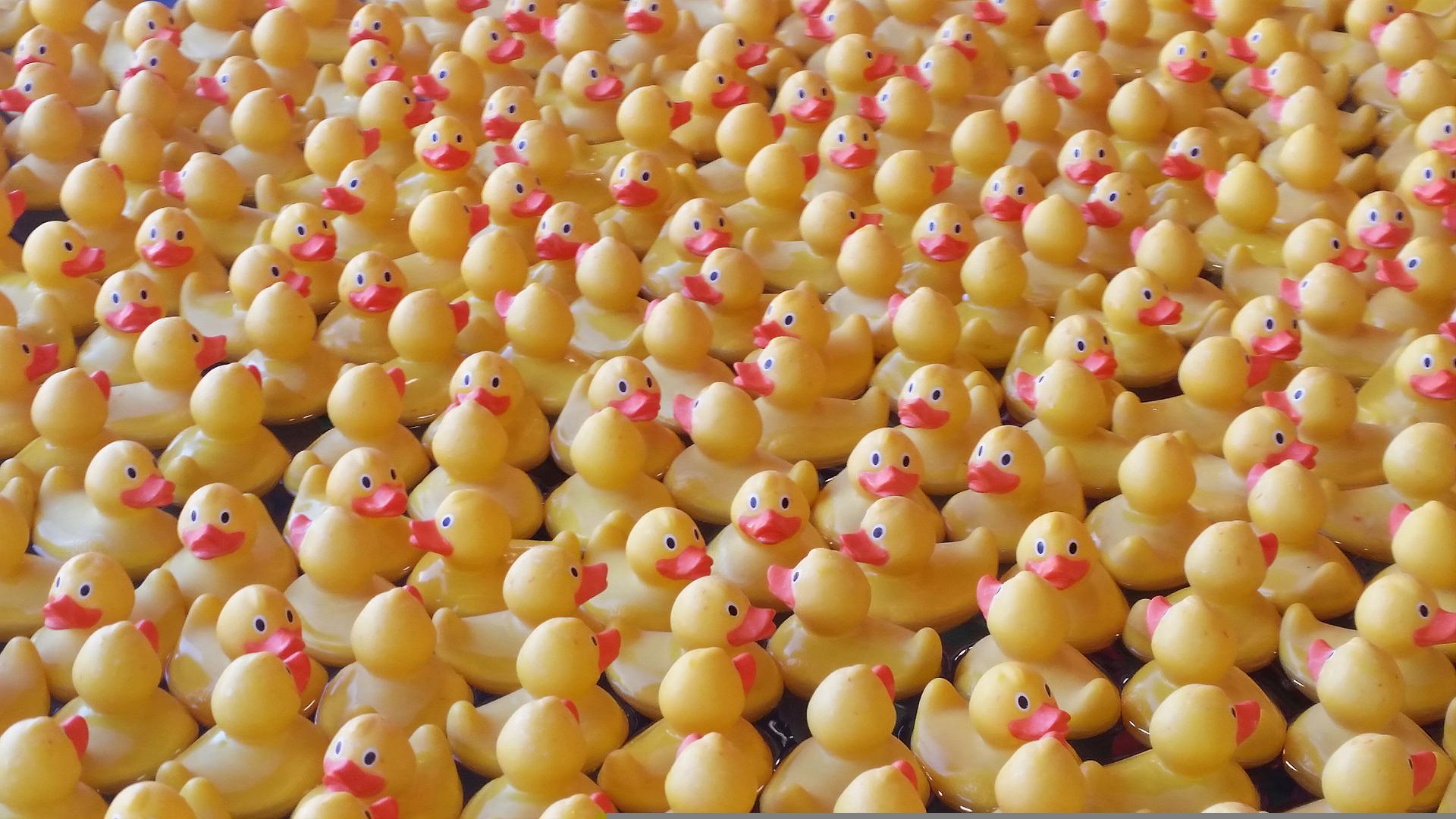
______
I have a dear friend who is an amazing artist. She paints beautifully. But her drawings just make me happy! She thinks I’m pulling her leg, but I adore her sketches. I enjoy them so much that I want to be able to do them too. I can’t. My sketches look like…well, like I drew them.
So, I follow a lot of artists. They are from different modes – some painters, some sketchers, some mixed media-ers, a sculptor. They each talk about a lot of different stuff. I read their posts, but I don’t improve my sketching. Why? Because I read them, enjoy them, often apply the thinking to my playing, but never seem to get around to applying it to my drawing. They often point out the importance of doing things – you guessed it – again and again! I don’t do it and unsurprisingly, I don’t get better.
Interestingly, in the same week, two of them talked about failure. But not really. They used the word “failure” but what they were really talking about is the mismatch between what you wanted or expected to come out and what actually happened.
One of the artists I follow is Danny Gregory*. Danny is the author of a number of books including Art Before Breakfast and Shut Your Monkey. He more often than not says smart things about being the artist you can be and about being unafraid. I interpret that to mean not so much being unafraid but being comfortable with being afraid…and doing it anyway! I really enjoyed his latest post which focuses on – doing it again. He shared an amazing video about sticking to it until it comes together.
The video he highlighted is entitled – One More Try. You can watch all of it (it’s only about a minute and a half):
One More Try – an experimental skate video from Najeeb Tarazi on Vimeo.
The first thing I noticed in the video is how easy we have it! If we don’t play what we meant to, we don’t hit the pavement at speed! And we certainly don’t get bruises every time we attempt something that may (or may not) work the way we envisioned it. So, there’s that.
But also, I was struck by the embodiment of “again” – you might notice how many tries some of those tricks required (and probably more because, just like when we play, I’m sure you’re not seeing all the background work that goes into each of those events; nor how much technique or other technical work needed to be learned and embedded before even attempting them).
And so, I say, again! and say it over and over! Because not doing the thing you meant to isn’t a failure – it’s an opportunity, if you let it be. The other thing you might notice you’re not seeing in the video is the time each of those riders thinks about and evaluates what they did, what worked, what didn’t work and what they might try next, and how they might do it. This is a crucial step that can be overlooked if you’re only kicking yourself for your “failure”. Think about it and do it again.
What do you think? How comfortable are you with doing something over and over again? How tired are you of hearing me tell you to do it again? Let me know in the comments!
* Again, because I’m daft, this is my thinking and not a paid product placement. I don’t get anything if you check it out. Well, that’s not true, I will get a tiny frisson of happiness each time something I share becomes something that helps move you forward! I’m goofy like that. If you want to follow Danny too, go here to sign up for his posts. You might, like me, learn a lot – all while not learning to draw!

